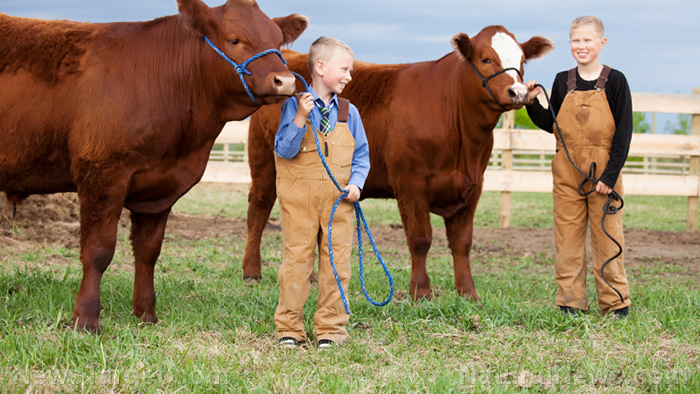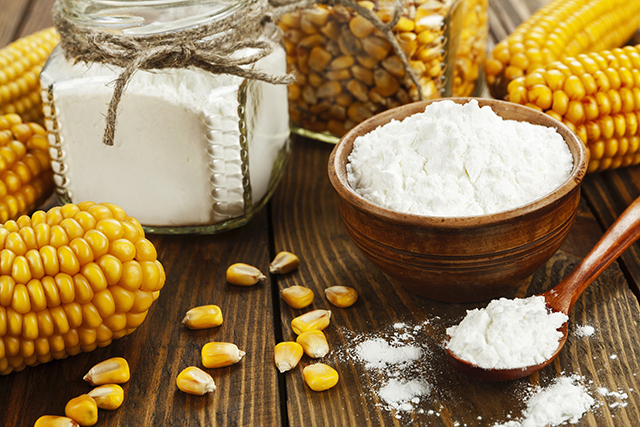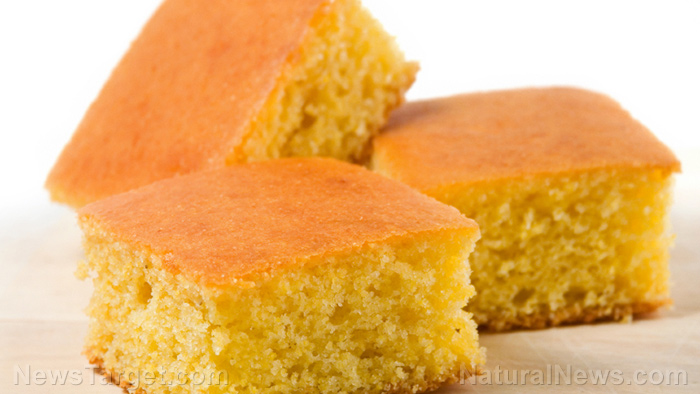Starting your homestead on just a single acre of land
08/27/2018 / By Edsel Cook

New homesteaders will be relieved to hear that they will not need a huge farm to achieve self-sufficiency. An article in Earth Porm.com showed that it is possible to found a self-sustaining homestead within the confines of a large baseball field, which roughly equal an acre of land.
Around half of this acre will serve as your garden for food crops. You will further divide this area into four plots. This will allow you to grow annual crops using the crop rotation method.
One plot can be devoted to potatoes. The second plot should hold beans, legumes, and peas. Meanwhile, the third plot should contain cabbage-type cruciferous vegetables while the fourth one can grow root vegetables like beets and carrots.
The other half of your acreage should be covered by grass. Leave this area bare for crop rotation in the future.
You will switch your garden between these areas every four years. That way, the soil in one half-acre can take a break while the other one takes over the job of feeding you and your family. (Related: The common animal most people are missing from their homestead.)
The pros and cons of keeping a cow in your homestead
Livestock is quite expensive to raise. They will also require much more upkeep than a garden. However, they can also make self-sustenance much easier.
Of the various livestock available, a dairy cow is highly recommended. It is also a pricey initial investment that can cost you up to several hundred dollars each year, however.
If you can afford to buy a cow in the first place, you will find that the animal will quickly pay for itself. Cows are a source of milk and, eventually, meat.
Pick a small breed of dairy cattle. The Jersey breed is a good choice for its compact size, hardiness, and butterfat-rich milk.
Milking a cow will not take long. In return, you will get plenty of milk that can be drunk as it is or turned into delicious cheese or cream. You can also sell the fresh milk or the dairy products.
Fresh, organic, grass-fed cow’s milk is not just good for human health. Your other livestock will also benefit from the addition of natural milk to their feed.
Cow manure is an excellent source of fertilizer. Add it to the soil of your garden to increase the productivity of your food crops.
One drawback is that a dairy cow needs to be milked on a regular basis. If you will be away from your homestead for a while, someone else has to do it for you.
If you cannot afford a cow, a goat is a good substitute. It will provide much the same benefits at a more compact size and affordable price.
How to manage your crops and your livestock
If you go for a dairy cow or similar plant-eating livestock, you can turn the grass-covered half of your acre into a pasture for it. Plow the soil every four years if you intend to practice crop rotation.
Rotate your crops onto the fresh soil on a plot-by-plot basis. That will give you fresh pasture of different ages, allowing you to maximize your use of the land.
Do not let your livestock overgraze. Grass must be allowed to grow to fullness before cutting it down or being grazed. If your cow is mowing an area too much, remove it at once.
Any extra grass can be turned into hay for your animals. You will also need to create an indoor shelter for them during bad weather or winter conditions.
You can find more tips to improve your homestead at Homesteading.news.
Sources include:
Tagged Under: cow milk, cows, crop rotation, dairy cows, homesteading, homesteads, milk, natural fertilizers, pasture



















